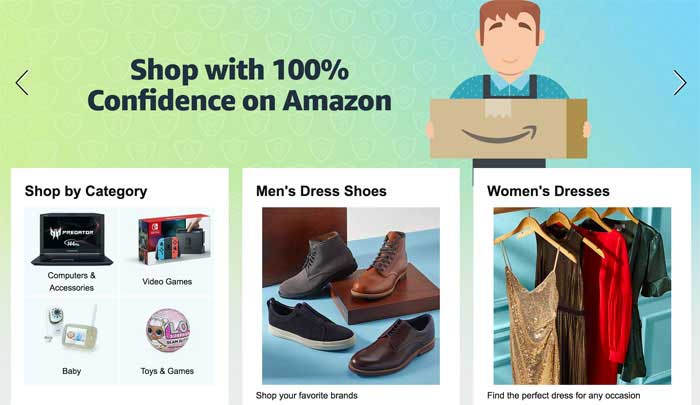Millions of people use Instagram as a media and social platform every day, in fact, over 400 million daily and over 600 million monthly according to Instagram. It uses a very simple, effective and accessible format which allows users to seamlessly scroll through a timeline of photographs and images. Naturally, it has also become a place for business advertising, so that as users are scrolling through collections of images they will also scroll past short visual advertisements, tailored to their location. According to the website itself, over 5 million businesses use Instagram for advertising.
Many businesses have their own Instagram account, and the website claims that over 70% of users are following a business of sorts. This allows them to effectively place adverts on their audience's timelines without even paying for advertising. Instagram also offers users to publish in a variety of formats besides your conventional imagine including videos of up to a minute long and “stories” which effectively allows a stream of images and short video clips to be played consecutively, which gives businesses a choice of ways to advertise their product or to spread their message and even feature full screen sized ads.
Having a business profile on Instagram also allows other benefits for users. Instagram offers insights into followers and posts providing potentially valuable information for your business. Businesses can also boost posts by paying for promotion to spread it to a larger audience.
Instagram allows users to p[ay for advertising in a variety of different formats. There are simple photo advertisements which appear in people's timelines like any other photo. Also, users can post like this in video format if you have a longer message or want to capture attention with movement. There is an option where advertisements appear in a carousel format which allows users to swipe sideways through a collection of visuals if they wish to find out more. Lastly you can advertise using the stories feature for the biggest and boldest adverts.
You can tailor your adverts to reach specific audiences by filtering who will see the advert by location, demographics, interests, behaviour and much more. This means you can refine your target audience and reach only the people that matter to your business, although it is worth being aware that most users of the platform tend to be from younger generations. Certain companies like Harley Davidson have used Instagram to create a new, younger audience for their product and to broaden their customer base. Other companies use it to reinforce and to expand their current consumer base.
With younger generations relying more and more on their mobile devices, the quickest way to develop any business targeting this audience is through apps and mobile advertising. It helps to engage them in a familiar environment and connects with them on a very subconscious level. In an age where people seldom have the time to read a larger piece of text, quick visual elements are the most effective at delivering a message quickly and effectively, and for this Instagram is the perfect tool for any developing business to expand its audience.




